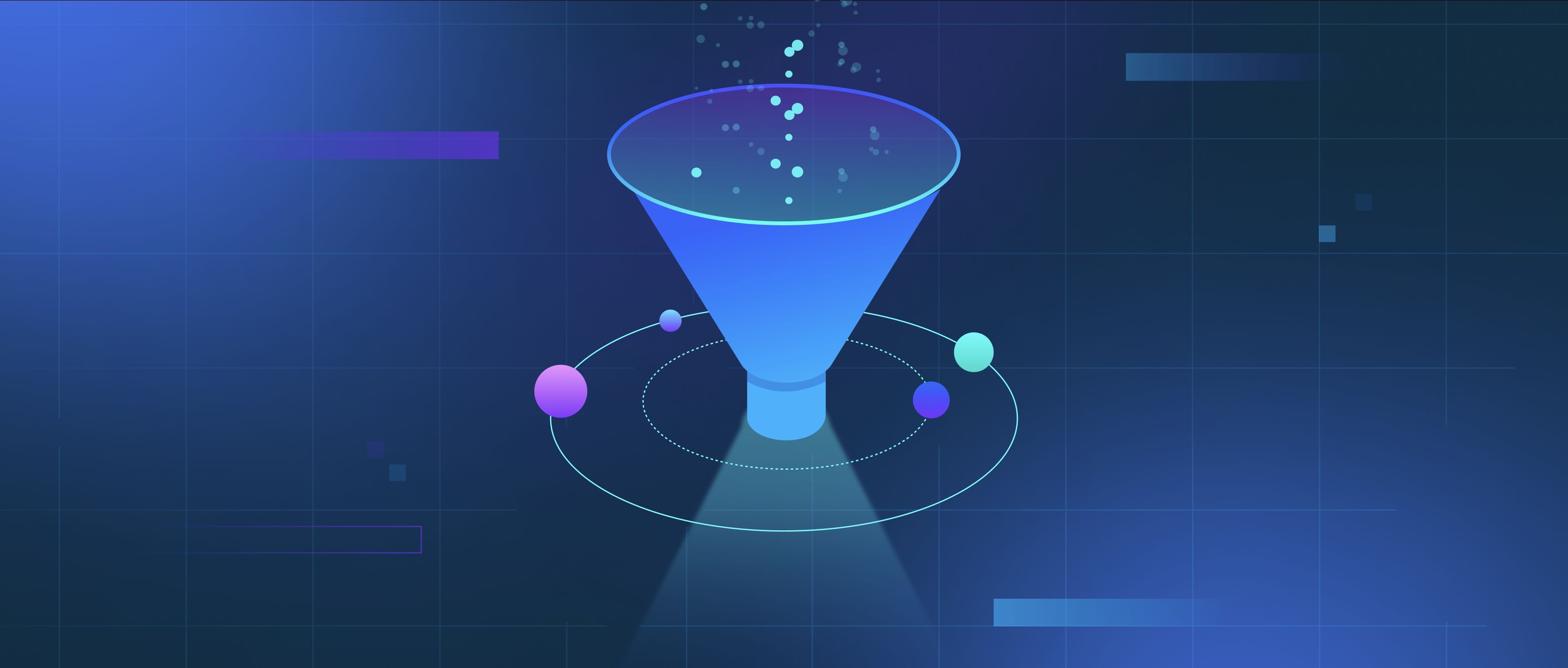Graph Neural Networks (GNNs) play a pivotal role in enhancing recommender systems by effectively capturing relationships and interactions between users and items. Traditional methods often rely on user-item interactions represented in a matrix format, which can limit the understanding of complex connections. GNNs, on the other hand, leverage graph structures to model these relationships more dynamically, allowing the system to incorporate additional information, such as user preferences, item features, and historical interactions. This results in more personalized and accurate recommendations.
One of the key advantages of using GNNs in recommender systems is their ability to capture higher-order connections. For instance, if a user has interacted with a particular movie and that movie is associated with certain genres, GNNs can extend the recommendation to other movies that share similar genres and have also been liked by similar users. This is particularly useful in large datasets where traditional collaborative filtering may overlook subtle connections. By considering the graph’s structure, GNNs can effectively identify groups of users with similar tastes or items that share common characteristics, leading to enhanced recommendation accuracy.
Moreover, GNNs facilitate the integration of additional data sources, such as social networks or product reviews, into the recommendation process. For instance, in an e-commerce setting, connections between users who review similar products can be established as a graph, which GNNs can process to recommend products not only based on user behavior but also on social influences and product relationships. This multifaceted approach significantly improves the contextual understanding of user preferences, ultimately leading to better user engagement and satisfaction with the recommendations provided.
